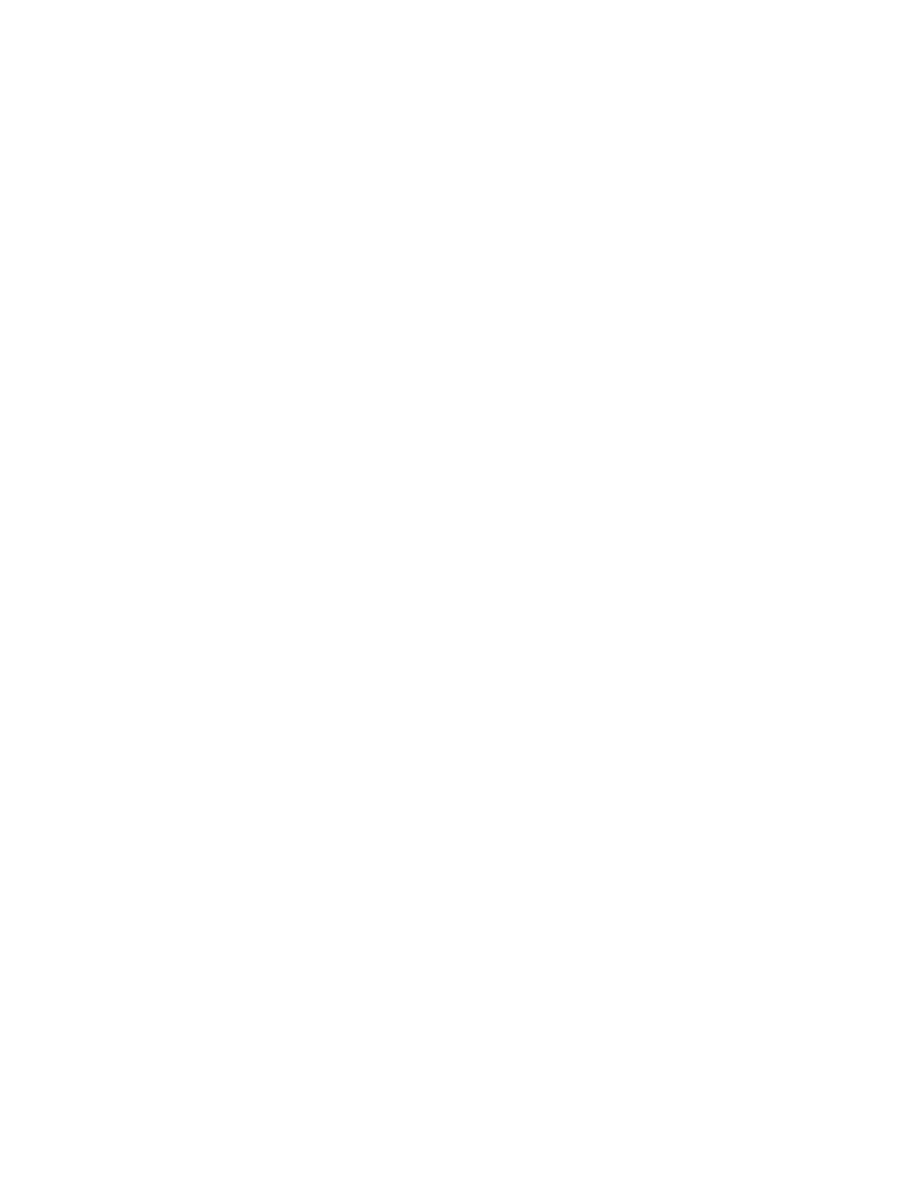
279
Federal Aviation Administration, DOT
§ 23.979
§ 23.975
Fuel tank vents and carbu-
retor vapor vents.
(a) Each fuel tank must be vented
from the top part of the expansion
space. In addition—
(1) Each vent outlet must be located
and constructed in a manner that mini-
mizes the possibility of its being ob-
structed by ice or other foreign matter;
(2) Each vent must be constructed to
prevent siphoning of fuel during nor-
mal operation;
(3) The venting capacity must allow
the rapid relief of excessive differences
of pressure between the interior and
exterior of the tank;
(4) Airspaces of tanks with inter-
connected outlets must be inter-
connected;
(5) There may be no point in any vent
line where moisture can accumulate
with the airplane in either the ground
or level flight attitudes, unless drain-
age is provided. Any drain valve in-
stalled must be accessible for drainage;
(6) No vent may terminate at a point
where the discharge of fuel from the
vent outlet will constitute a fire haz-
ard or from which fumes may enter
personnel compartments; and
(7) Vents must be arranged to pre-
vent the loss of fuel, except fuel dis-
charged because of thermal expansion,
when the airplane is parked in any di-
rection on a ramp having a one-percent
slope.
(b) Each carburetor with vapor elimi-
nation connections and each fuel injec-
tion engine employing vapor return
provisions must have a separate vent
line to lead vapors back to the top of
one of the fuel tanks. If there is more
than one tank and it is necessary to
use these tanks in a definite sequence
for any reason, the vapor vent line
must lead back to the fuel tank to be
used first, unless the relative capac-
ities of the tanks are such that return
to another tank is preferable.
(c) For acrobatic category airplanes,
excessive loss of fuel during acrobatic
maneuvers, including short periods of
inverted flight, must be prevented. It
must be impossible for fuel to siphon
from the vent when normal flight has
been resumed after any acrobatic ma-
neuver for which certification is re-
quested.
[Doc. No. 4080, 29 FR 17955, Dec. 18, 1964; 30
FR 258, Jan. 9, 1965, as amended by Amdt. 23–
18, 42 FR 15041, Mar. 17, 1977; Amdt. 23–29, 49
FR 6847, Feb. 23, 1984; Amdt. 23–43, 58 FR
18973, Apr. 9, 1993; Amdt. 23–51, 61 FR 5136,
Feb. 9, 1996]
§ 23.977
Fuel tank outlet.
(a) There must be a fuel strainer for
the fuel tank outlet or for the booster
pump. This strainer must—
(1) For reciprocating engine powered
airplanes, have 8 to 16 meshes per inch;
and
(2) For turbine engine powered air-
planes, prevent the passage of any ob-
ject that could restrict fuel flow or
damage any fuel system component.
(b) The clear area of each fuel tank
outlet strainer must be at least five
times the area of the outlet line.
(c) The diameter of each strainer
must be at least that of the fuel tank
outlet.
(d) Each strainer must be accessible
for inspection and cleaning.
[Amdt. 23–17, 41 FR 55465, Dec. 20, 1976, as
amended by Amdt. 23–43, 58 FR 18973, Apr. 9,
1993]
§ 23.979
Pressure fueling systems.
For pressure fueling systems, the fol-
lowing apply:
(a) Each pressure fueling system fuel
manifold connection must have means
to prevent the escape of hazardous
quantities of fuel from the system if
the fuel entry valve fails.
(b) An automatic shutoff means must
be provided to prevent the quantity of
fuel in each tank from exceeding the
maximum quantity approved for that
tank. This means must—
(1) Allow checking for proper shutoff
operation before each fueling of the
tank; and
(2) For commuter category airplanes,
indicate at each fueling station, a fail-
ure of the shutoff means to stop the
fuel flow at the maximum quantity ap-
proved for that tank.
(c) A means must be provided to pre-
vent damage to the fuel system in the
event of failure of the automatic shut-
off means prescribed in paragraph (b)
of this section.
VerDate Mar<15>2010
10:12 Mar 18, 2014
Jkt 232046
PO 00000
Frm 00289
Fmt 8010
Sfmt 8010
Y:\SGML\232046.XXX
232046
pmangrum on DSK3VPTVN1PROD with CFR